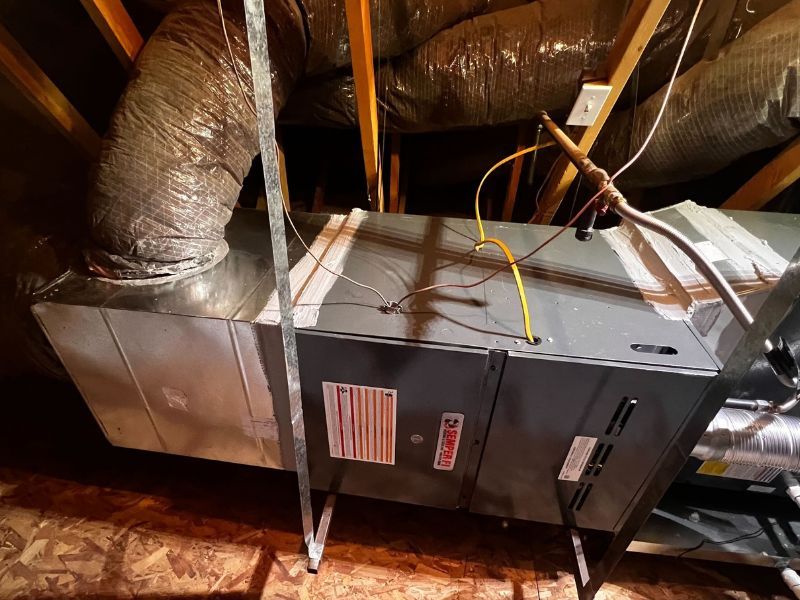What Is A Load Profile?
A load profile in HVAC refers to a comprehensive representation of the heating and cooling requirements of a building or space over a specified period. It captures variations in temperature, occupancy, equipment usage, and other factors that influence the demand for thermal comfort.
Load profiles help HVAC designers and engineers understand the dynamic nature of energy consumption, enabling them to size and design systems accurately to meet the specific needs of a building, optimize energy efficiency, and ensure occupant comfort throughout changing conditions.
People Also Ask About Load Profile
Why is a load profile important in HVAC design?
Load profiles are essential in HVAC design as they help engineers accurately size and select heating, cooling, and ventilation systems to meet the specific needs of a building. By accounting for fluctuations in demand, load profiles enable energy-efficient and properly functioning HVAC solutions.
How is a load profile created?
Load profiles are created by analyzing data on factors such as outdoor and indoor temperatures, occupancy schedules, lighting, equipment usage, and thermal characteristics of the building. Simulation software or energy modeling tools are often used to generate comprehensive load profiles.
Can load profiles change over time?
Yes, load profiles can change due to various factors, including seasonal variations, changes in occupancy patterns, modifications to the building layout, or upgrades to HVAC equipment. Regular monitoring and analysis help ensure load profiles remain accurate.
HVAC System Cost & HVAC Reviews
Related Pages
Categories


